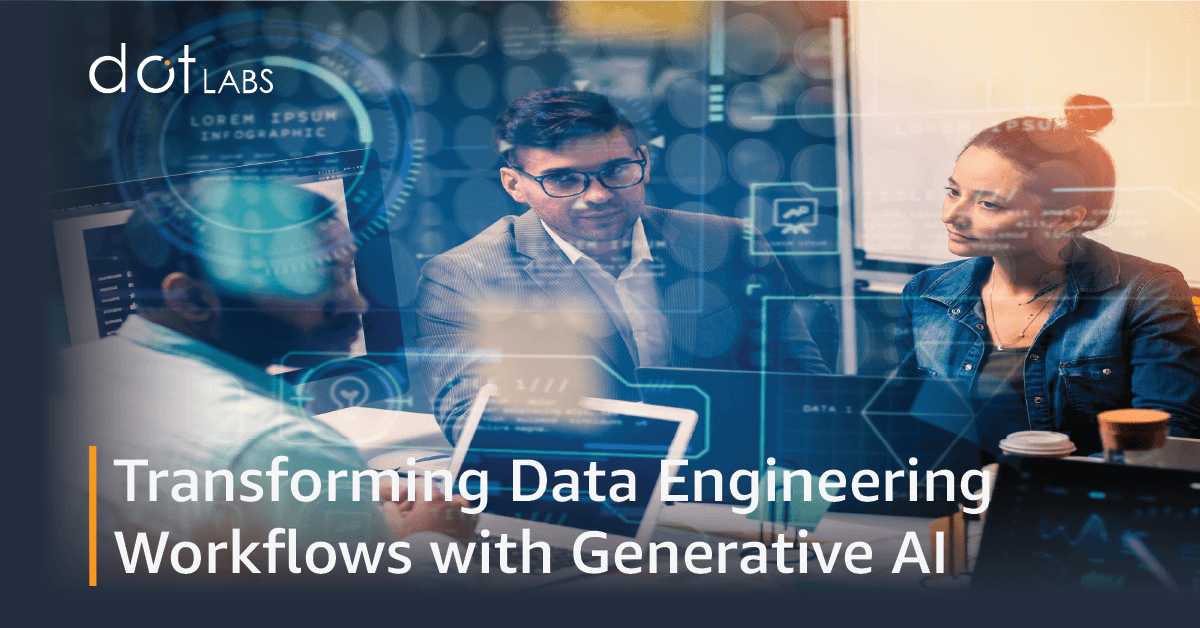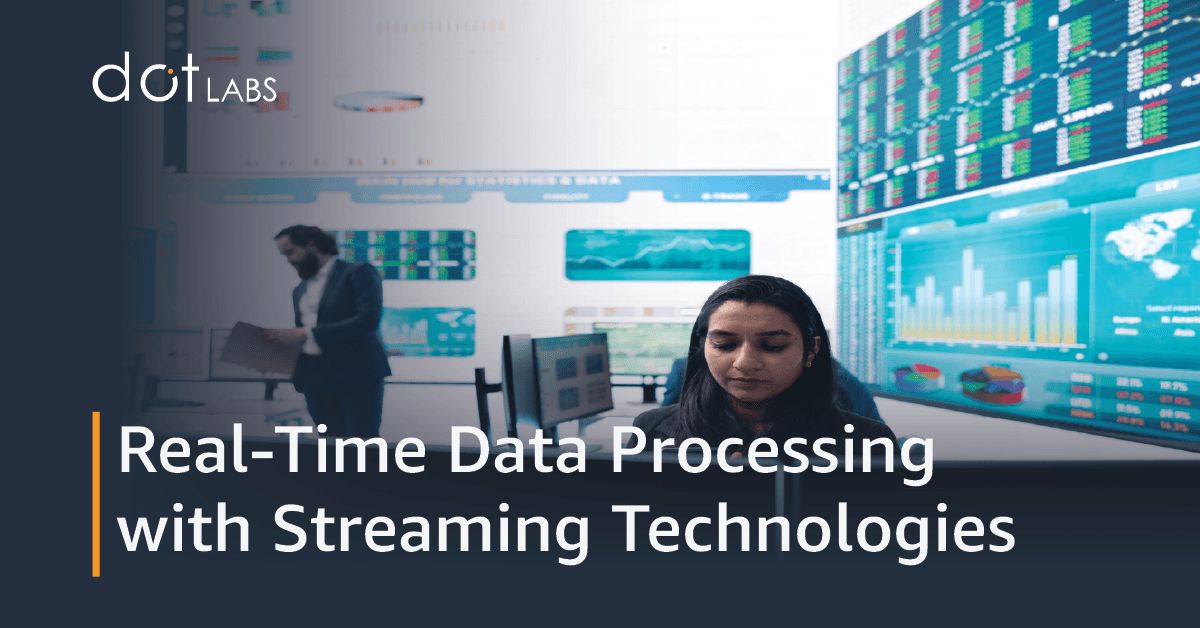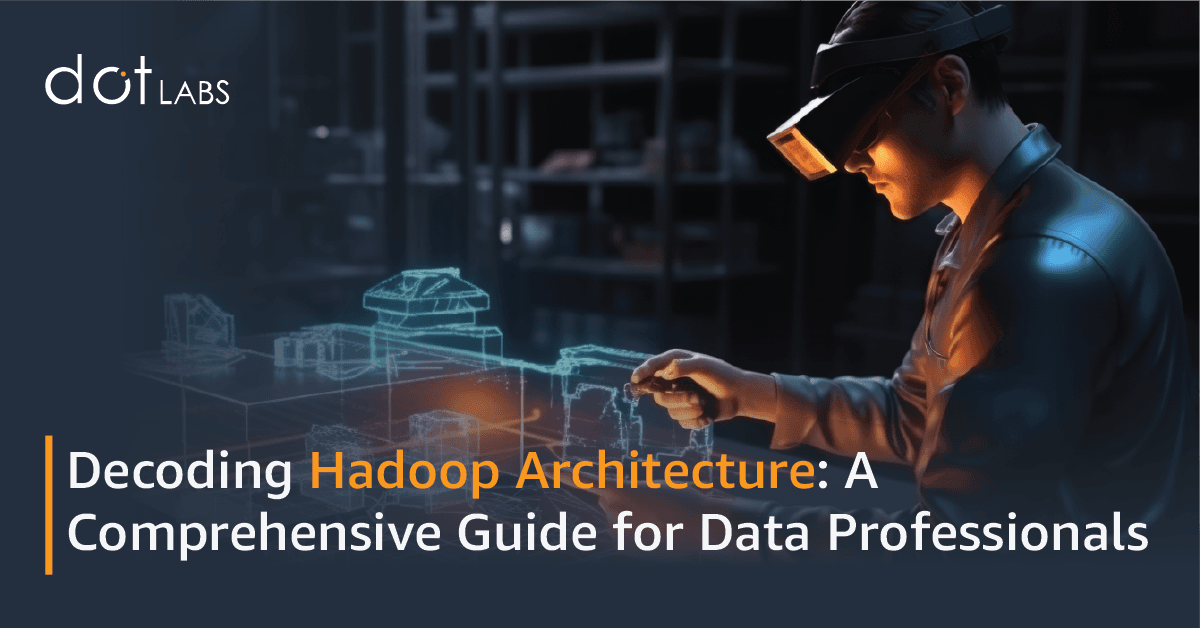In today’s data-rich world, decoding and
harnessing customer data to deliver tailored experiences poses a significant
challenge across industries. The amount of data created annually has grown
tremendously, especially since 2010, predicting an even steeper curve in the
years ahead.
Along with this remarkable growth, customer data analysis complexities have followed the same pace over the last few years. These heterogeneous data streams, sourced from several channels like e-commerce or social media, present a formidable challenge for most enterprises seeking consolidation. Particularly within mid to large-scale companies, grappling with multiple customer data sources such as CRM, Marketing Cloud, and B2C Commerce Cloud aggregation and unification become markedly complex.

Salesforce Data Cloud, a hyper-scale data
platform, comes into play to address all these challenges. It aims to
facilitate customer consolidation of data over different sources. More than
that, Data Cloud is crucial in extracting insights and leveraging AI
capabilities (using Salesforce Einstein) to create the most personalized
experiences for each individual who engages with your business.
How Data Cloud Operates:

Data Sources: It defines any source where customer (and
related) data is stored, and you can connect to Data Cloud. It could be:
o
Sales/Service Cloud.
o
Marketing Cloud.
o
B2C Commerce Cloud.
o
File Cloud Storage (Amazon S3, Google Cloud
Platform, etc.)
o
Snowflake, Google Big Query.
o
Custom Applications (APIs & SDKs).
Connect: Once you
define your data source, you can use out-of-the-box connectors to connect to
your Data Cloud instance and start ingesting data. If no connector supports
your use case, you can leverage Ingestion API and/or SDK to ingest data from
your custom data source.
There are two different ingestion types:
o
Batch Ingestion: This involves processing data in predefined
sets or batches. It typically occurs at scheduled intervals, processing a large
volume of data in one go.
o
Streaming Ingestion: This involves processing data in real-time or
near real-time, providing a continuous flow of data as it becomes available.
For example: Customer engagement data (page views, clicks on page, etc.)

It is also critical in this phase to define
criteria and reconciliation rules to consolidate data from the customer in a
unified individual entity within the data cloud. We can leverage identity
resolution functionality to achieve this goal.
Identity Resolution: It is a process of linking and consolidating
data, following criteria and consolidation rules to create a unified and
comprehensive profile for a specific individual. Check the example below to
illustrate a case scenario:

The feature has two parts:
o Matching Rules: Where you can define which profiles to unify during the identity resolution process. Each matching rule contains one or more criteria, and profiles are matched when all criteria are satisfied. When you want to prioritize data consolidation, reduce the number of criteria to allow profiles to be matched more easily.
o Consolidation Rules: By defining matching rules, you can choose which criteria to prioritize for determining the most reliable customer field data. For instance, you can prioritize the most recent or updated value or specify which data source holds the highest priority among others.
Analytics and Insights:
After gathering and unifying data, Data Cloud lets you define and create multidimensional metrics from your entire digital state stored within. These metrics include customer lifetime value (LTV), Most Viewed Categories, and customer satisfaction score (CSAT) at profile, segment, and population levels.
Those insights are categorized into two different types:
o Calculated Insights: Involve predefined computations and analyses applied to existing data to derive specific metrics or indicators. For instance, we can consider those metrics mentioned before (LTV, CSAT) as calculated insights.
o Streaming Insights: Continuously processing and analyzing data in real-time or near real-time, offering immediate observations and predictions based on the latest information flowing into the system.
Act on Data:
After segmenting and building insights over customer data, it is possible to perform actions and send data for several external systems based on criteria you can define within Data Cloud. Two different functionalities are possible to leverage to achieve such a result:
Activation Target: Once the data segment is created, it is possible to set up an activation target to define where to publish this segmented data. Here are some options that you can configure on an activation target:
o File Storage (Amazon S3, Google Cloud Storage, Azure Storage).
o External Platform Account (Google Ads, Meta, Amazon Ads).
o Marketing Cloud.
o Data Cloud.
Data Action: By triggering alerts or events based on streaming insights and engagement data, data action facilitates automation or data integration. Also, you can define criteria to filter when dispatching those events and which fields to include in the message. The supported targets are:
o Salesforce Platform Events (custom flows).
o Webhooks.
o Marketing Cloud.
Benefits of Embracing Data Cloud
o Comprehensive Customer Insights.
o Enhanced Targeting and Personalization.
o Optimized Sales and Marketing Strategies.
o Streamlined Data Processes and Workflows.
o Automation and Productivity Gains.
o Scalability and Agility.
o Predictive Analytics and Proactive Decision-Making.
When to Use It
o Consolidate data from different data sources.
o Provide a more personalized customer experience.
o Leverage data across the enterprise to forecast better.
o Provide a single view of your customer.
o Improve productivity through process automation.
o Access engagement data to trigger incredible real-time experiences for customers.
Final Thoughts:
Salesforce Data Cloud is more than a solution; it is a transformative force that presents boundless possibilities. It empowers companies to sculpt unmatched experiences from data riches. However, accessing its full potential demands strategic collaboration with certified specialists. Harnessing the right insights for a strategic transformation and profound business evolution sets the stage for unparalleled success in customer-centricity
Learn more about the benefits of the cloud and its best practices in data engineering in our blogs. Follow these links to read more:

Dot Labs is an IT
outsourcing firm that offers a range of services, including software
development, quality assurance, and data analytics. With a team of skilled professionals,
Dot Labs offers nearshoring services to companies in North America, providing
cost savings while ensuring effective communication and collaboration.
Visit our website: www.dotlabs.ai, for more information on how Dot
Labs can help your business with its IT outsourcing needs.
For more informative
Blogs on the latest technologies and trends click
here



